Orvis Knot Tying
Pass the line through the eye of the hook. Pass the tag end around the line, back through the first loop and then back through the second loop. Pass the tag end through the second loop again. Lubricate, tighten, and trim the tag end.
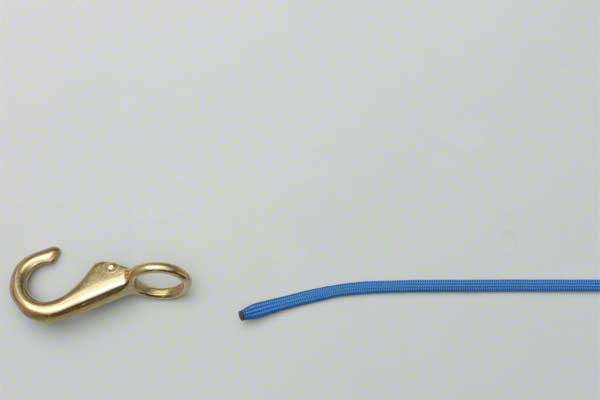

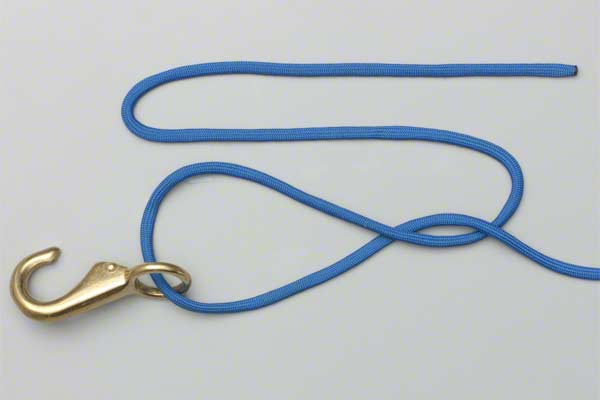

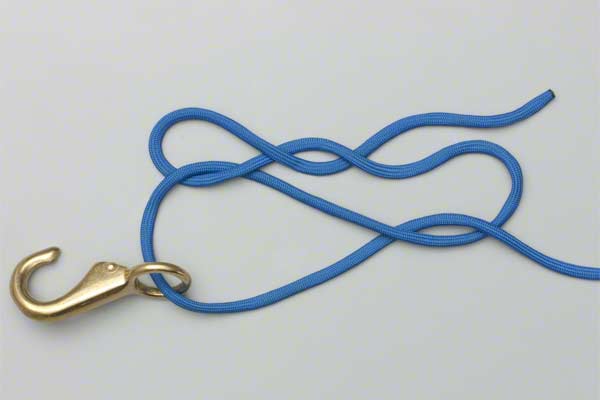
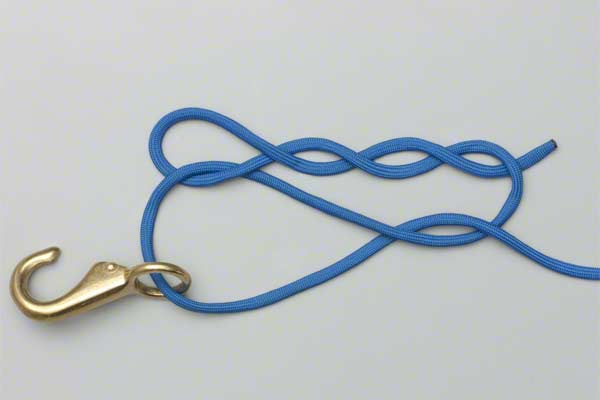
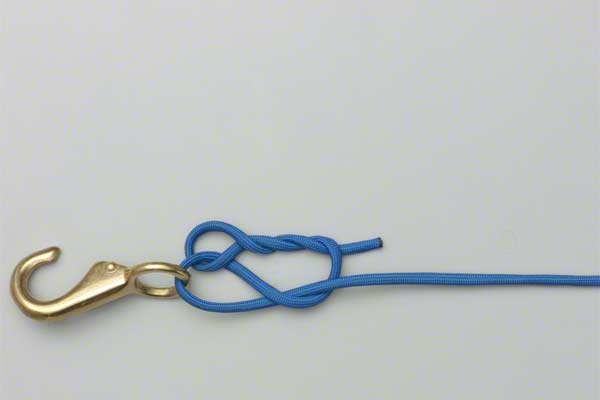
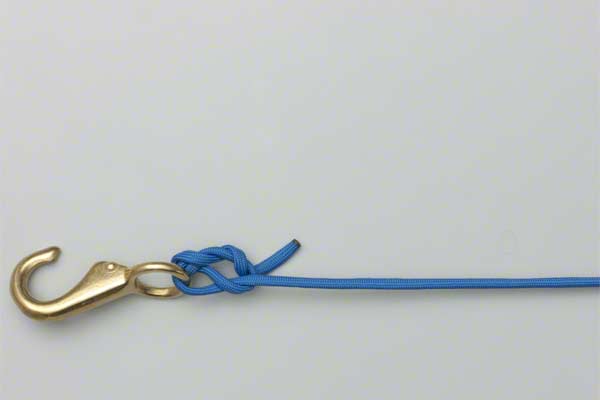
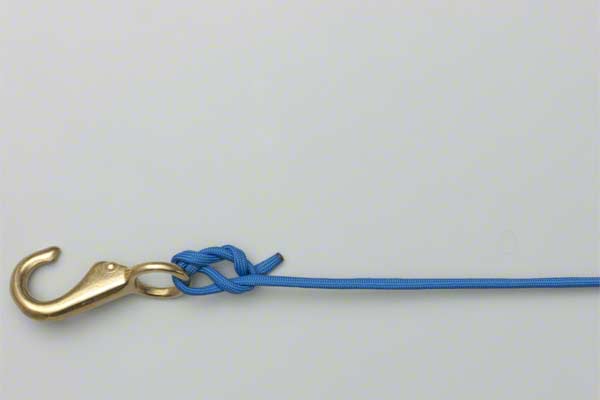
Orvis Knot Details
Uses: The Orvis Knot was invented by Larry Becker who submitted it in a contest held by the Orvis Company to find the best knot to attach a line to the hook.
Similar Knots: The Orvis performs a similar function as other line-to-hook knots such as the Trilene, Palomar, Duncan, and Clinch knots.
Tying it: It is helpful to picture a symmetrical stepladder pattern. Until the final extra twist through the same loop, each step is like the one before.
Advantages: The Orvis knot is strong, small, light, reliable, and easily to remember and tie. It also works well in light and heavy lines and in any tippet material.
Disadvantages: As it is being tightened, the Orvis knot tends to set up at an angle.
Breaking Strain: It is claimed to retain most of the line's original breaking strain.

